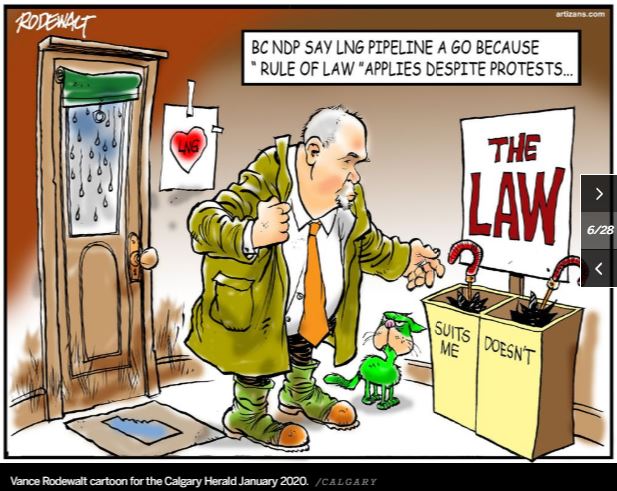
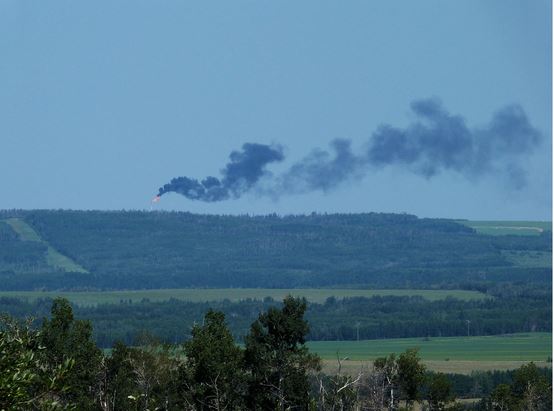
Robert Janes@rjmjanes Lawyer, QC, … human rights advocate (He/Him/His). July 6, 2021:
A few comments on the recent BCSC treaty infringement decision in the Blueberry River case (https://bccourts.ca/jdb-txt/sc/21/12/2021BCSC1287.htm…) and everyone’s favourite topic — The Rule of Law
It is hard to overstate the significance of the Blueberry River case (properly Yahey v. British Columbia). Essentially it holds what many Indigenous people and their lawyers on this side of the Indigenous-Crown divide have been saying for years the large scale development of land subject to Treaty 8 for oil, gas, forestry, settlement and related purposes has long crossed the line into unlawfully infringing the promises made to Indigenous people when Treaty 8 was signed.
The court rejected the Crown’s approach to the boundary between lawful development and unlawful development saying that the Crown’s approach essentially allowed everything up to (and effectively including extinguishment).
To the surprise of no-one who has actually read the record of the Treaty 8 negotiations, since the Indigenous people were repeatedly assured that they were not being asked to give up their way of life by signing the treaty.
I want everyone to go look at the decision though for themselves and keep in mind that these are arguments approved by the Attorney-General and I suspect the Premier and ask themselves where was reconciliation in this position
We will honour the treaty — but the treaty let’s us take so much for ourselves that it can reduce your rights to nothing or your way of life to being able to get a job and do some sports hunting.
The court then went on to hold that in fact development had gone so far in Blueberry’s traditional territory that the Crown had crossed the line and the cumulative effect of its development was unlawful in its effect on the treaty rights.

The Crown did not even bother to offer justification for its unlawful conduct. ![]() I think because the Crown, industry and the rich know they can do whatever they like, no matter what any old court ruling, law or treaty says, on no matter whose lands (unless owned by rich white).
I think because the Crown, industry and the rich know they can do whatever they like, no matter what any old court ruling, law or treaty says, on no matter whose lands (unless owned by rich white).![]()
It is also useful to have a look at the court’s recital of the pre-trial and trial processes involved in this case. It took years and it undoubtedly took millions of dollars.
Further, every attempt to obtain meaningful interim protection for Blueberry’s constitutionally protected rights was rebuffed either because of the balance of convenience (injunctions) or because this was not the time or place (judicial review).
While the trial went on and millions of dollars of Blueberry’s money went into (well-earned) legal and expert fees — BC and a number of private companies benefited from illegally breaching Blueberry’s right and breaching the core treaty promise that they would be able to maintain their way of life.
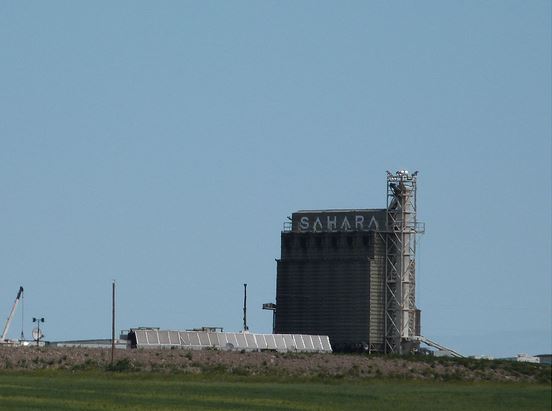
This of course is not the first time the court system has been faced with this issue. George Behn of Fort Nelson went with his daughter and sat on a logging road to protect their trapline which had been similarly impacted by development.
When they were sued they raised the same issue — namely that the government and company were acting unlawfully given the commitments of in Treaty 8 and the cumulative effect of development.
The Supreme Court of Canada in Behn v. Moulton Contracting Ltd., 2013 SCC 26 (https://canlii.ca/t/fxc12) held it was an abuse of process to raise this defence as he had engaged in self-help and as such was acting in fashion that was an affront to the rule of law.
Ironically at trial, Mr. Behn (and his family) were held to be not liable as their actions were not unlawful (see Moulton Contracting Ltd. v. British Columbia, 2013 BCSC 2348)(https://canlii.ca/t/g2g7c) (this was a highly technical tort and criminal law analysis).
Blueberry River strongly suggests that the Mr. Behn was right — the development in Fort Nelson is similar in nature to what is seen in Blueberry and equally as devastating.

There has been a lot of chat about the Rule of Law and Indigenous people over the last few days, but I share these comments to try to convey the perspective of the people I work with.
For them the Rule of Law is a mysterious thing — good in principle and something they would like to see more of when it comes to protecting them but the reality is quite different.
Indigenous people see the Rule of Law as saying “your rights can only be vindicated in multi-million dollar multi-year trial processes but don’t sit on your land in front of unlawful activity in the meantime”.
The Rule of Law means that a disproportionate number of our people go to jail for crimes of poverty but the Roman Catholic Church having orchestrated systematic abuse and an attempt to destroy our way of life sails through the world with impunity.
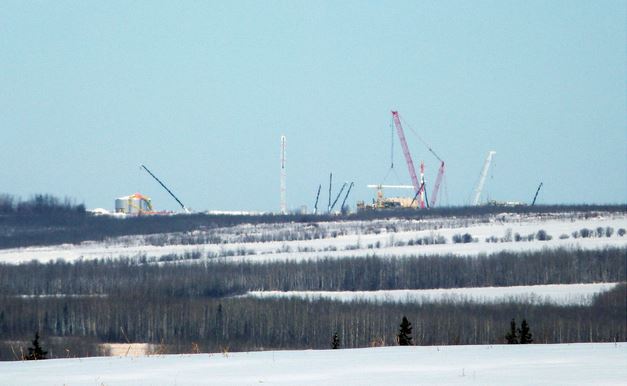
The Rule of Law means that the Crown and companies have easy access to well-funded police forces to enforce injunctions etc against Indigenous people, but Indigenous people seeking to enforce their laws (even on reserve) are desperately under-resourced.
The Rule of Law means speedy/effective justice for the Crown and industry — leisurely expensive justice for us.
Even when successes are achieved, the Rule of Law means you have to re-litigate the issue for each set of facts but a loss (such as Vander Peet) is binding precedent.
If we non-Indigenous people are going to cite “The Rule of Law” with a straight face to Indigenous people, we are going to have to figure out how to make it really work for Indigenous people.
Otherwise Indigenous people are going to say “Rule of Law for me but not for thee is just oppression.”
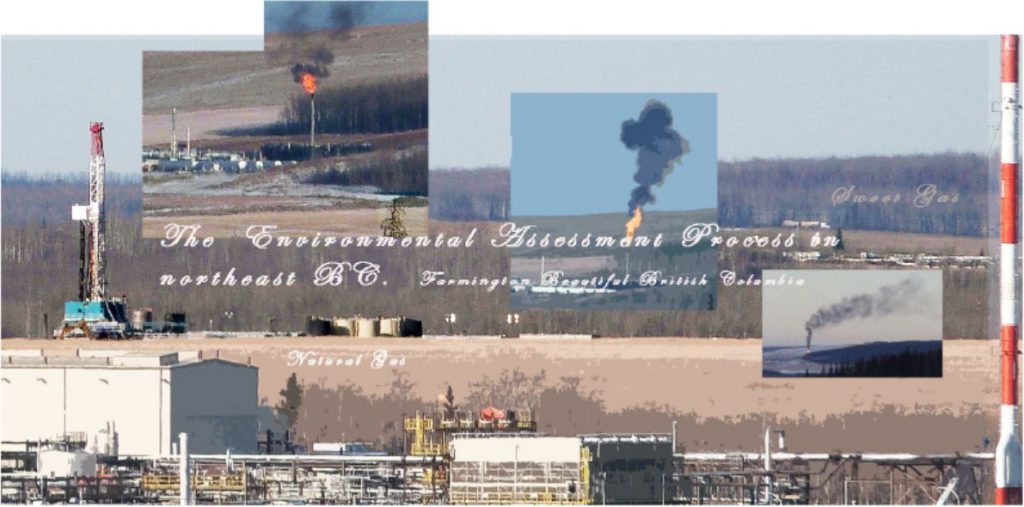
Photos above: A few cumulative frac impacts in NEBC by Vicky Simlik
Tweets in response to Mr. Janes’:
A tremendous thread from one of Canada’s top litigators for Indigenous rights. Robert is also an extremely effective negotiator, not always the case with litigators!! #cdnpoli
Rule of Law under the colonial system is stacked against US it favours the rich man: “one law for the rich whiteman one law for the poor whiteman and yet another for the Indian” paraphrasing 1910 Memorial by our ancestral Chiefs still true today!!!
Frac impact photos below by Will Koop, BC Tap Water Alliance:
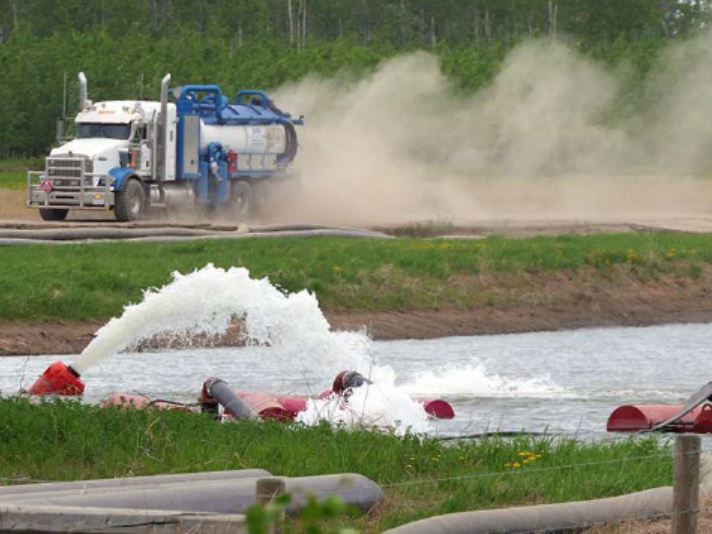


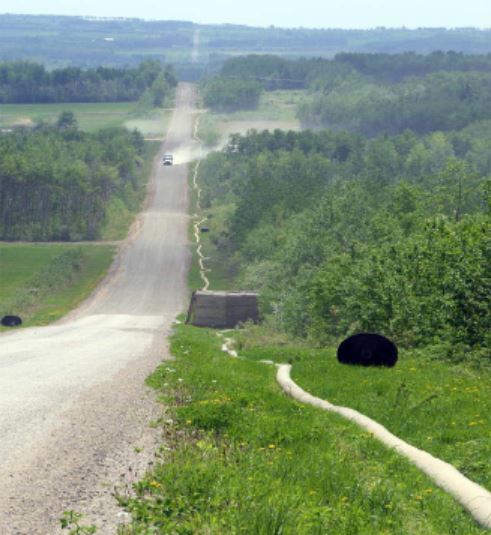
Water lines: mile and miles of them to take water and hoard it for frac’ing
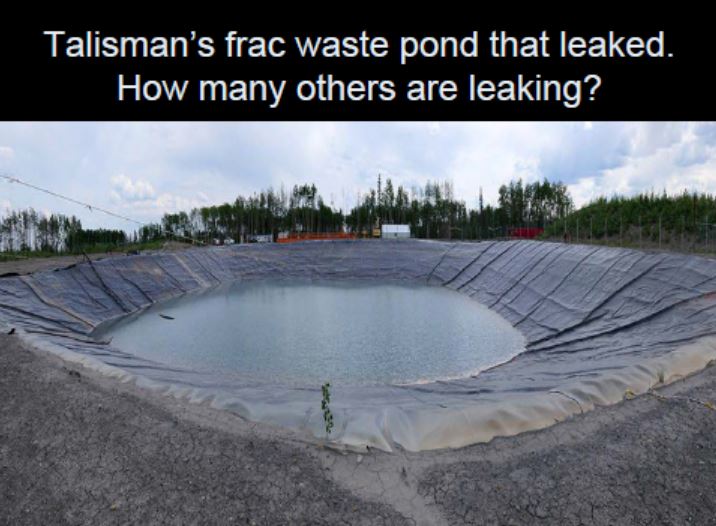
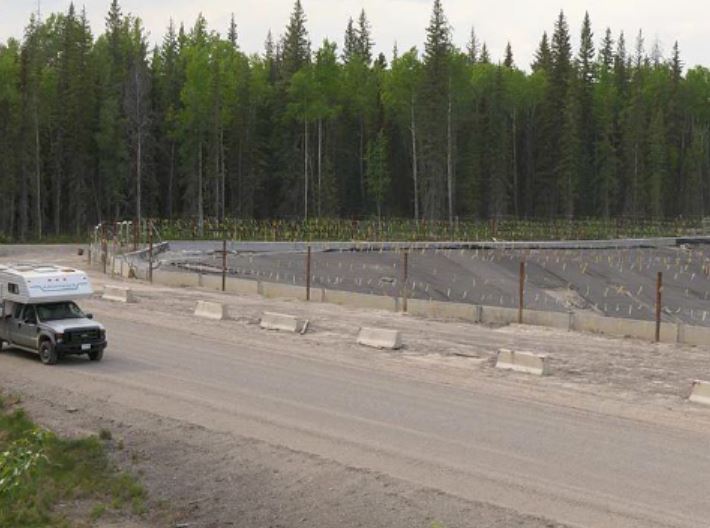

Waste (toxic) pits above (some liner).
Hoarding water to contaminate for frac’ing below.
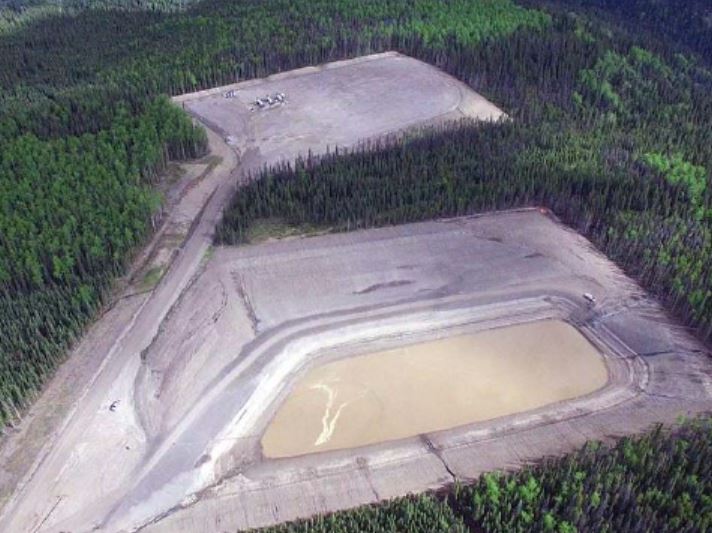
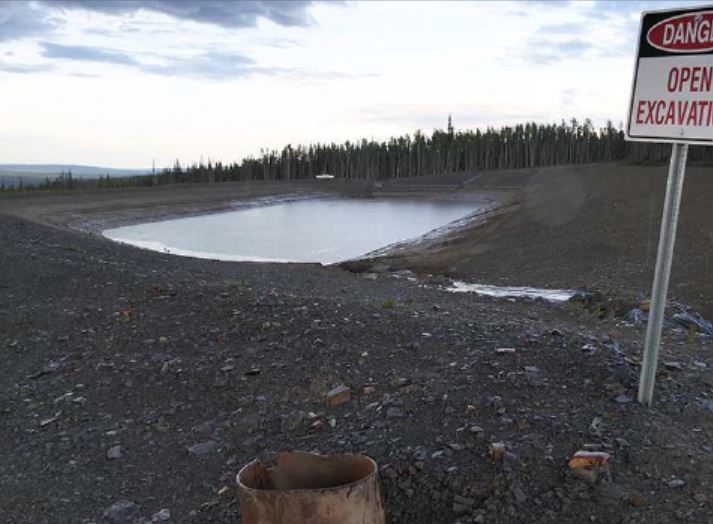
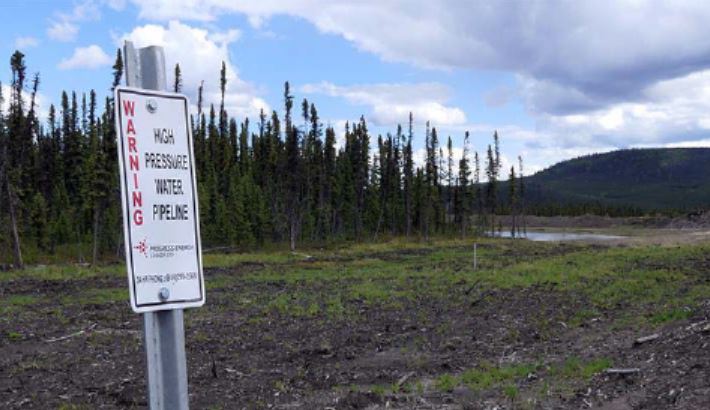
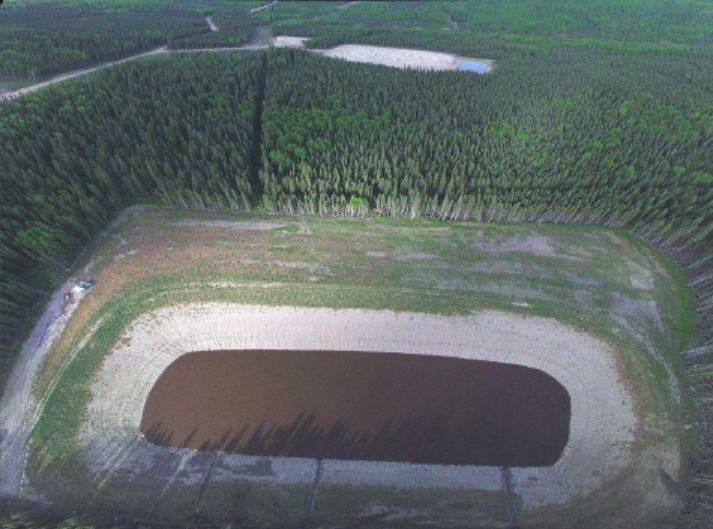
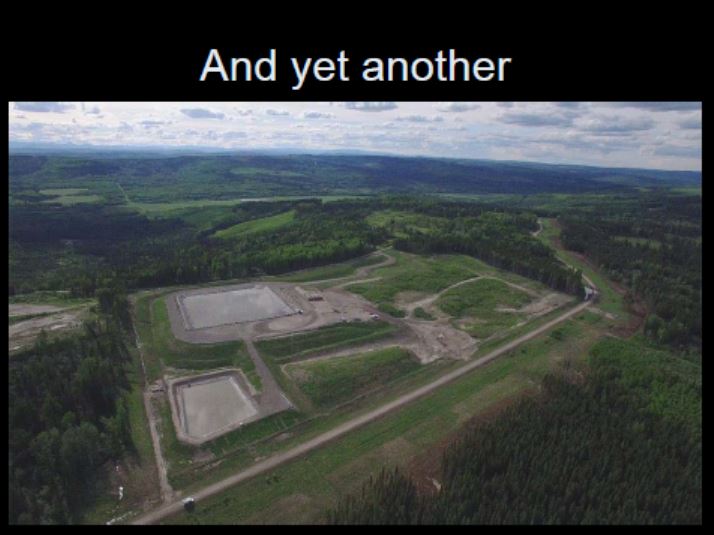
The impacts go on and on, not a regulator or cumulative impacts mitigation in sight.
In my professional opinion, it’s impossible to migitate cumulative frac impacts. I think industry and its regulators know it (thus why deregulation to enable the frac frenzy).

Refer also to:
Incredible Cumulative Impacts victory for Blueberry River First Nations: Yahey v. British Columbia. Will Horgan’s NDP appeal to let industry’s rapes continue another decade or more, notably with how slow the Supreme Court of Canada’s process is? More worrisome: Will Harper’s oil soaked and frac’d Supreme Court of Canada strike out the win, if the case gets there?
Dr. Mary Wood:
Once a frac’ing company goes into a community, they never leave.
Long after they have left, the contamination stays.
Dr. Sandra Steingraber:
Frac’ing is not only systemic racism,
It’s not only misogyny,
It’s not only genocide against Indigenous people,
It’s also hate against people who are queer.
That’s just very plain in the frac’ing fields of the United States. …
The culture that comes in. … When you go into the frac’ing fields of America and you look around in the truck stops, in the bars, in the culture at large, you see things like people wearing T-shirts that say things like:
Going deep and pumping hard.
Frac that hole, Drill baby drill.
A coffee hut called Bakken Babes Breast Coffee.
Big cock country.
The brutality and disappearances that we see…that are violence that accompanies frac’ing. Every time frac’ing comes into a community, we have public health data showing violent victimization against women goes up, drunk driving rates go up, rape, sex trafficing go up…hate crimes, intersections with homophobia and disability rights…those are things we’re keeping an eye on, as we’re gathering data. …
Frac’ing requires a whole landscape to build the infrastructure out on. There’s no kind of industrial zone. It uses our own communities, literally our own back yards as its factory floor. …
The permitting is easier in some kind of communities. It’s like a kind of frac’ing redlighting.
There’s not just one law for everyone.
